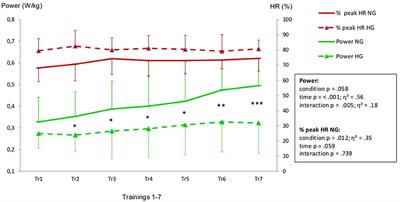EDITORIAL
Published on 04 Dec 2017
Editorial: High-Intensity Exercise in Hypoxia: Beneficial Aspects and Potential Drawbacks
doi 10.3389/fphys.2017.01017
- 6,213 views
- 8 citations
27k
Total downloads
132k
Total views and downloads
EDITORIAL
Published on 04 Dec 2017
ORIGINAL RESEARCH
Published on 31 Oct 2017

ORIGINAL RESEARCH
Published on 20 Jul 2017

ORIGINAL RESEARCH
Published on 23 Mar 2017

ORIGINAL RESEARCH
Published on 21 Feb 2017

ORIGINAL RESEARCH
Published on 10 Feb 2017

OPINION
Published on 09 Feb 2017

ORIGINAL RESEARCH
Published on 07 Feb 2017

ORIGINAL RESEARCH
Published on 18 Jan 2017

ORIGINAL RESEARCH
Published on 05 Jan 2017

OPINION
Published on 27 Dec 2016
ORIGINAL RESEARCH
Published on 03 Nov 2016

